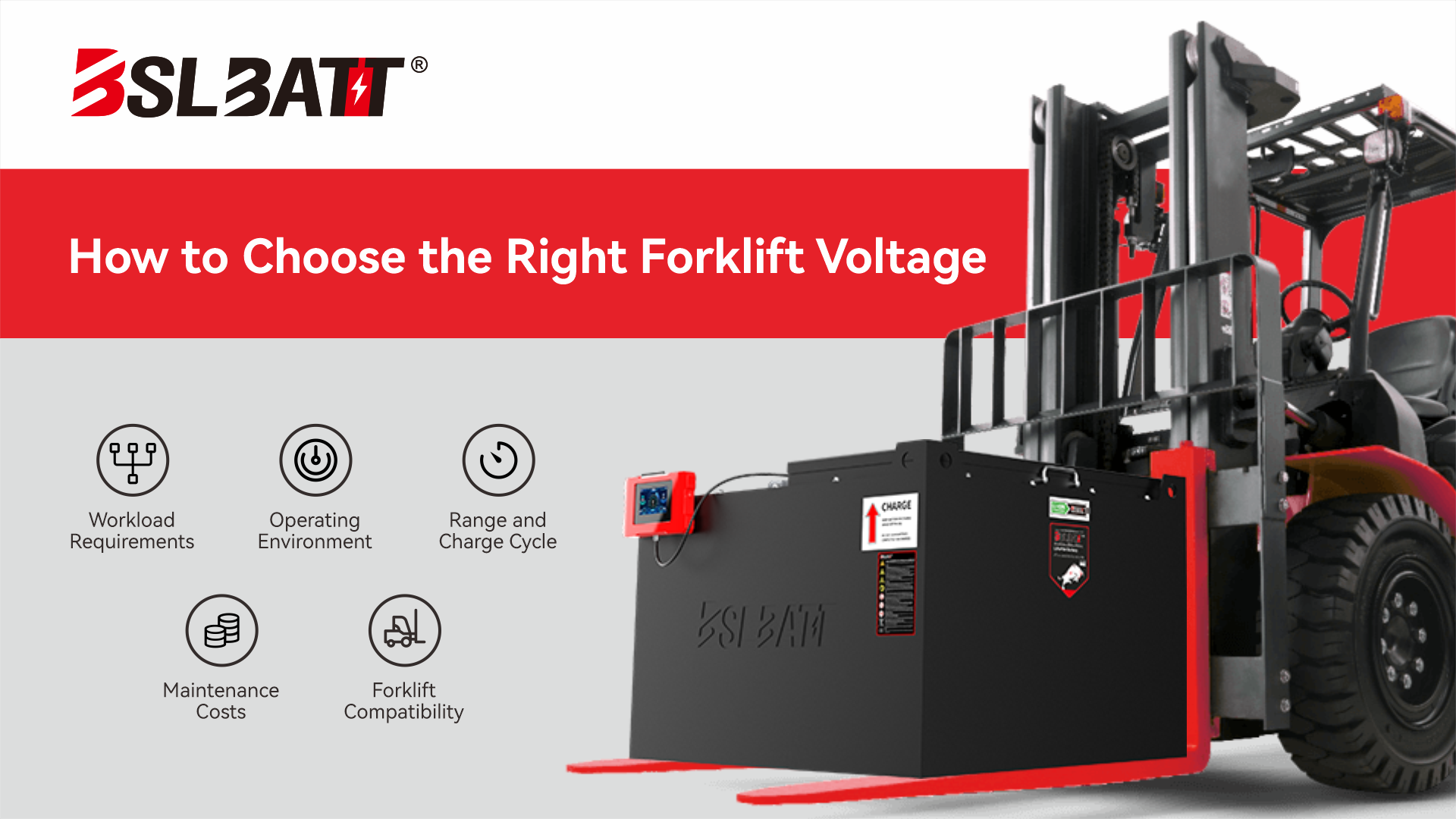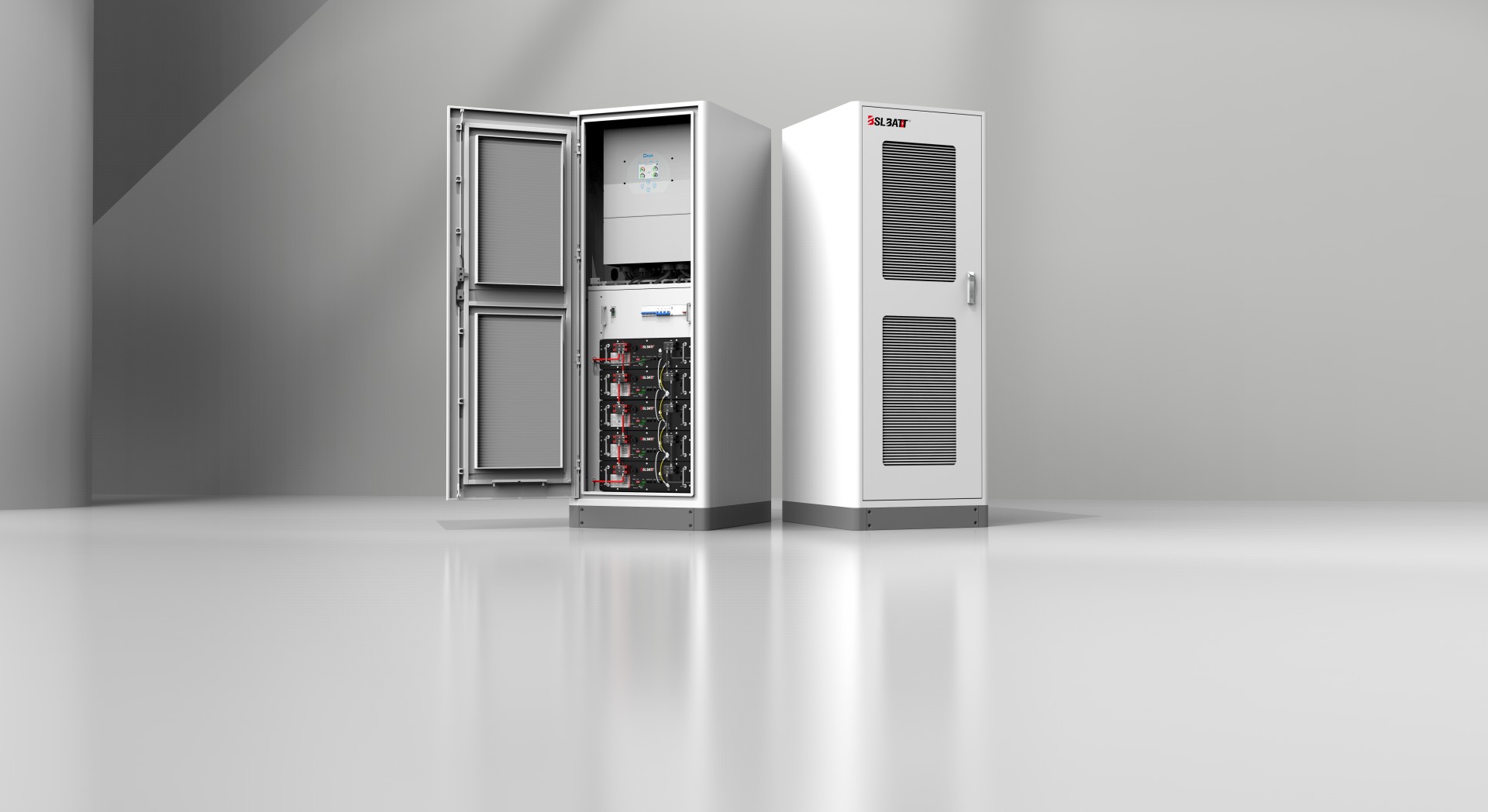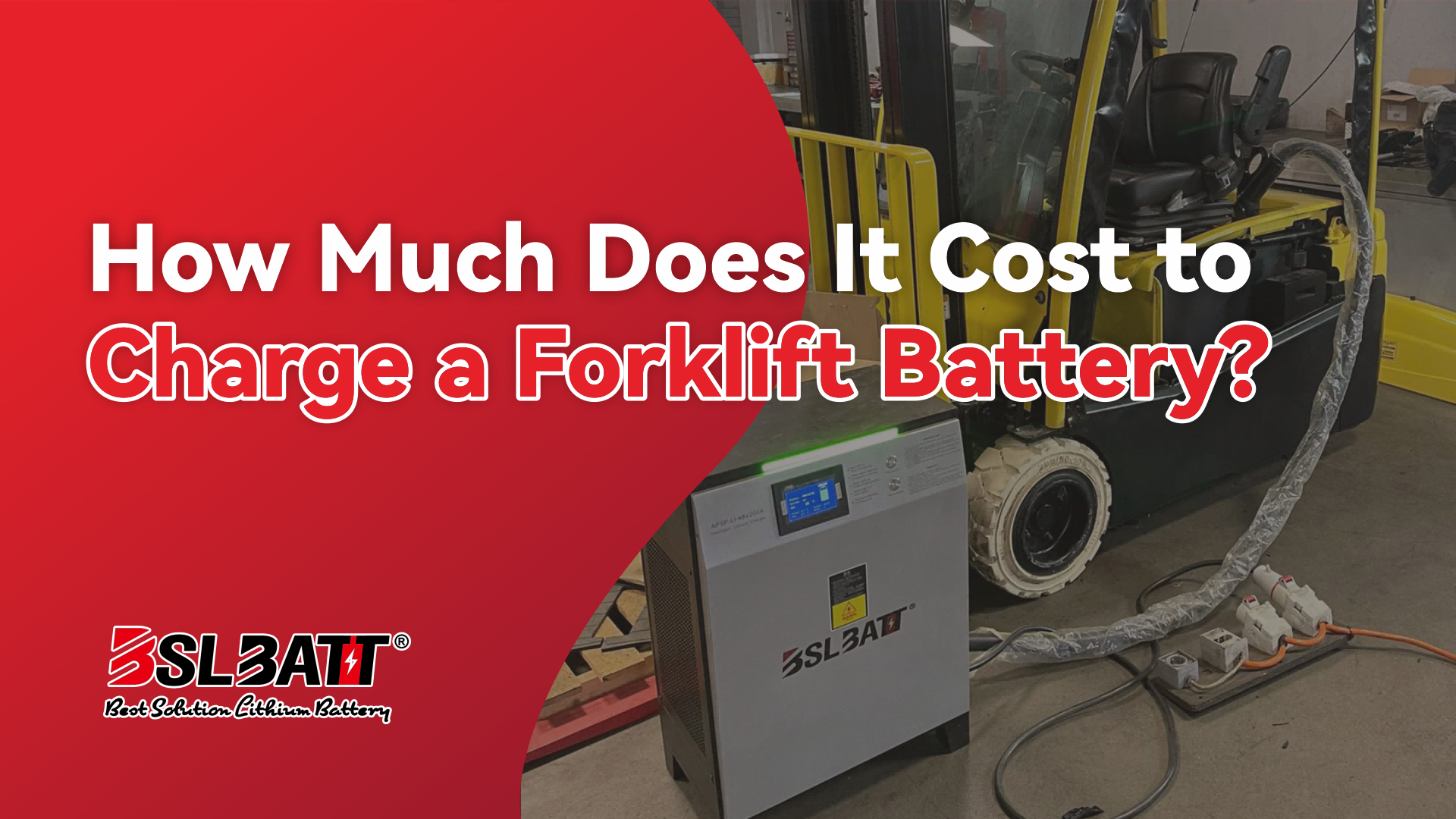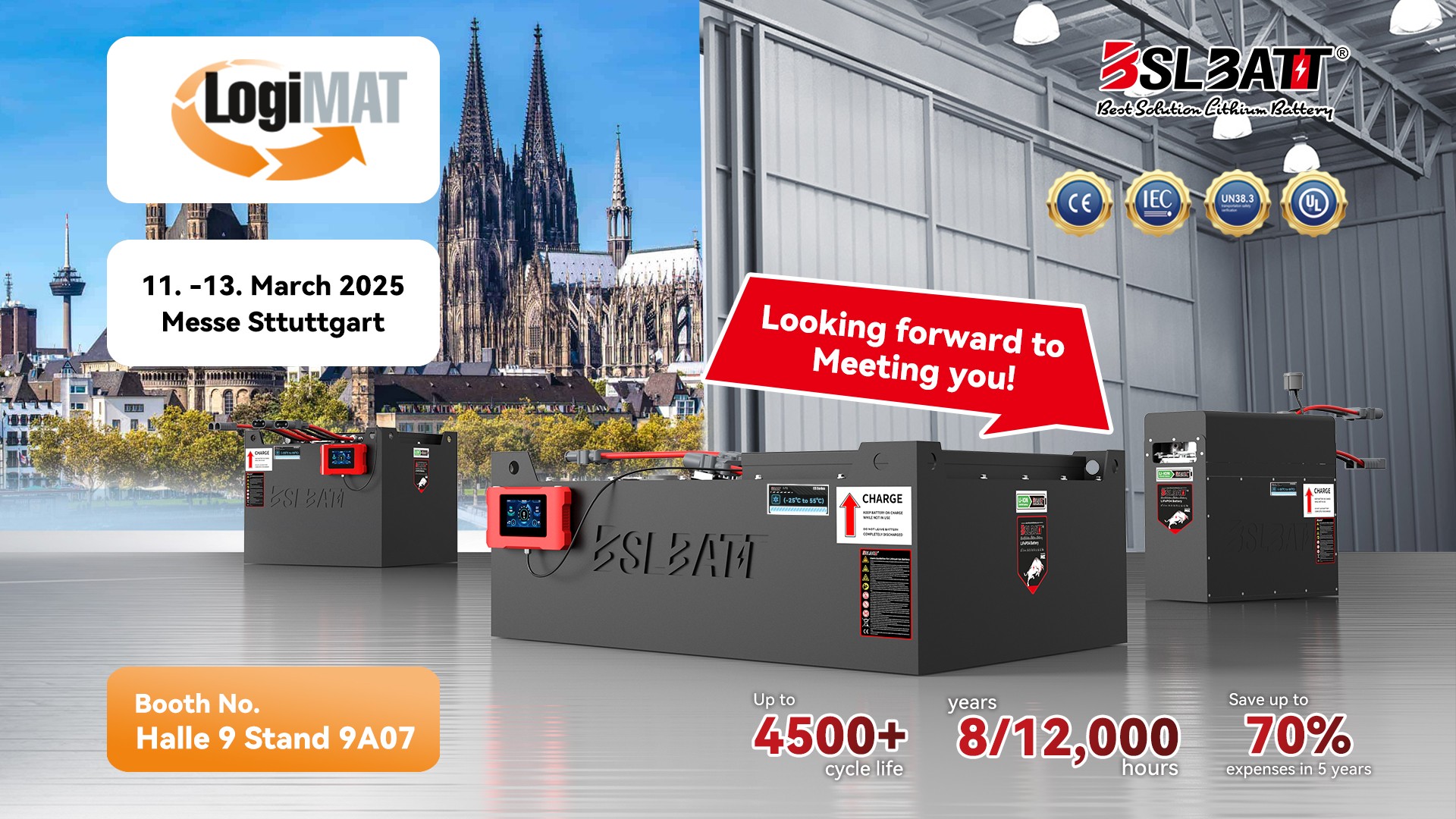When purchasing an electric forklift, you need to take the battery voltage into serious consideration, which is directly related to the forklift’s power output, range time and applicable scenarios. With the development of lithium battery technology, electric forklifts are widely used in warehousing, manufacturing and logistics. However, batteries of different voltages are suitable for different types and uses of forklifts, and choosing the wrong voltage will not only affect the performance of the forklifts, but may also increase operating costs.
The following article will explore in depth the key points of choosing the battery voltage for your forklift to help you choose the right voltage.
How Battery Voltage Affects Forklift Performance
Power output and load capacity
Battery voltage affects the performance of the forklift in terms of lifting, accelerating and travelling, making it possible to maintain the appropriate operating capacity under different load conditions. Higher voltage batteries typically provide more power output and are suitable for heavy duty and high load operations. 72V or 80V batteries can provide enough power for heavy equipment to maintain stable performance while the forklift is handling heavy loads. On the contrary, low voltage batteries (e.g. 24V or 36V) are suitable for light duty tasks, such as pallet jacks or light-duty stackers, for everyday light-duty handling needs in warehouses.
Range and Continuous Operation
Battery voltage directly affects the stability and efficiency of a forklift in continuous operation. High-voltage batteries are usually equipped with larger capacity, which can provide longer endurance and are suitable for multi-shift operation scenarios that require long hours of operation. 48V, 72V or 80V batteries can reduce the downtime caused by frequent charging in the daily operation of the forklift, thus improving the continuity of the operation. On the contrary, low voltage batteries have a relatively short range and are suitable for shorter working hours or lighter loads, such as daily light handling operations.
Efficiency and Charge Time
Higher voltage batteries typically support faster charging rates, reducing forklift downtime. For example, 48V or higher lithium batteries can be fully charged in as little as 2-3 hours, greatly increasing forklift availability. Fast charging is especially important for multi-shift operations or scenarios that require high-frequency use. In contrast, low voltage batteries generally take longer to charge and are suitable for single-shift, light-use scenarios, not for high-intensity environments with 24/7 operation.
Adaptability to the operating environment
Battery voltage affects the ability of the forklift to adapt in different environments. This is critical in extreme environments such as cold storage warehouses and outdoor environments where ambient temperatures directly affect the rate of electrochemical reaction in the battery, which in turn affects the power output. High-voltage batteries are more resistant to ambient temperature changes, ensuring that the forklift maintains stable performance in a variety of working conditions.
Maintenance and Financial Benefits
High-voltage batteries generally have a longer cycle life and are mostly designed to be maintenance-free, which can reduce the long-term cost of battery maintenance and replacement for forklifts and improve overall return on investment. As the lifecycle of high voltage batteries is extended, their total cost of ownership (TCO) is significantly lower in large-scale, frequent-use scenarios. Therefore, by choosing high-voltage batteries in scenarios that require high-frequency use, companies can not only reduce routine maintenance expenditures, but also optimise operating costs and improve the economics of their equipment.
Common Voltage Levels and Applications
24V Battery
Features: Suitable for short distances, light loads, short operating times, usually for small retail warehouses.
Applications: Mainly used for Class 3 light duty forklifts such as Walkie Pallet Jacks and electric pallet trucks (End Riders or Centre Riders).
36V Battery
Features: Higher power and range than 24V, suitable for medium loads and longer operating times, especially in warehouses and logistics centres.
Applications: Commonly used in Narrow Aisle Forklifts and some End Riders.
48V Battery
Features: Provides higher power and range for heavier loads and long hours of operation, such as daily handling in medium to large warehouses.
Applications: Suitable for medium duty electric forklifts such as 3-wheel forklifts, counterbalance forklifts and combilift forklifts.
80V Battery
Features: Higher voltage provides more power output, which is suitable for high load and long time operation, especially in manufacturing, construction and other scenarios where heavy materials need to be handled.
Applications: Mainly used for heavy duty forklifts and some high load counterbalance forklifts.

How To Choose The Right Forklift Voltage
Workload Requirements
Higher voltage batteries (e.g. 48V or 80V) are required for high load or heavy duty work to ensure adequate power output when the forklift is heavily loaded. Lighter loads require lower voltage batteries (e.g. 24V or 36V) for shorter or lighter handling tasks.
Operating Environment
Outdoor operation usually requires higher voltage batteries (e.g. 80V), which are suitable for wide-range or frequently moving operations due to their long range and strong power. Indoor work or narrow space work is suitable for low-voltage batteries, to meet the needs of short distances and light tasks. In low or high temperature environments, high voltage batteries have better stability and are suitable for cold or high temperature warehouses.
Range and Charge Cycle
Higher voltage batteries usually provide higher capacity and faster charging, which is suitable for multi-shift or long-duration operations and reduces downtime due to frequent charging. Low voltage batteries can be selected for single-shift operations, while high voltage is recommended for multi-shift, high-frequency operations to meet long endurance needs.
Maintenance Costs
Higher voltage batteries have a higher initial investment, but have a longer service life and lower maintenance requirements, which is suitable for high-frequency operating scenarios and can reduce long-term operating costs. On the contrary, low-voltage batteries have lower costs and are suitable for infrequent use or low-cost requirements.
Forklift Compatibility
Ensuring that the forklift and battery voltages are matched is one of the most important factors in selection. Incompatible voltages can affect power output and may lead to under or over powering, which in turn affects equipment life and safety.
The Right Battery Voltage with BSLBATT Forklift Lithium Solutions
Choosing the right forklift voltage not only impacts your forklift performance but also significantly reduces operational costs in the long run. At BSLBATT, we understand that every operation has unique requirements, which is why BSL lithium battery solutions offer a range of voltage options—ensuring you have the ideal balance of power, longevity, and efficiency for any workload.
BSLBATT offers forklift lithium batteries in multiple voltages — 950 models from 12V to 614V — to cater to varied operational intensities and environments. Our solutions are engineered to deliver reliable performance, even in high-demand applications, and are an excellent match for everything from light-duty indoor tasks to heavy-duty outdoor work.
To learn more about how BSLBATT can help you choose the right battery solution for your forklifts and enhance your operational efficiency, visit our website or contact our sales team.
















